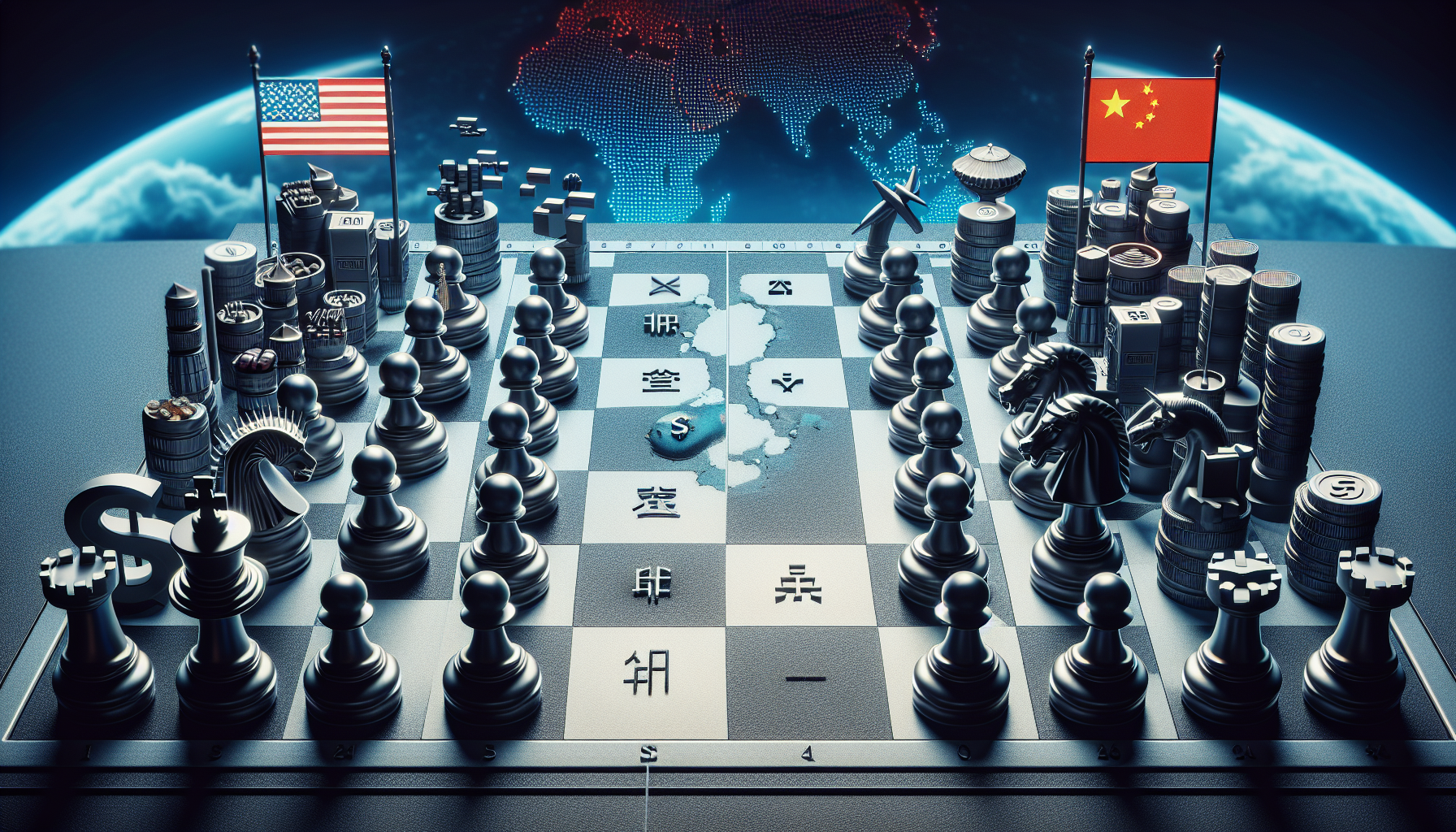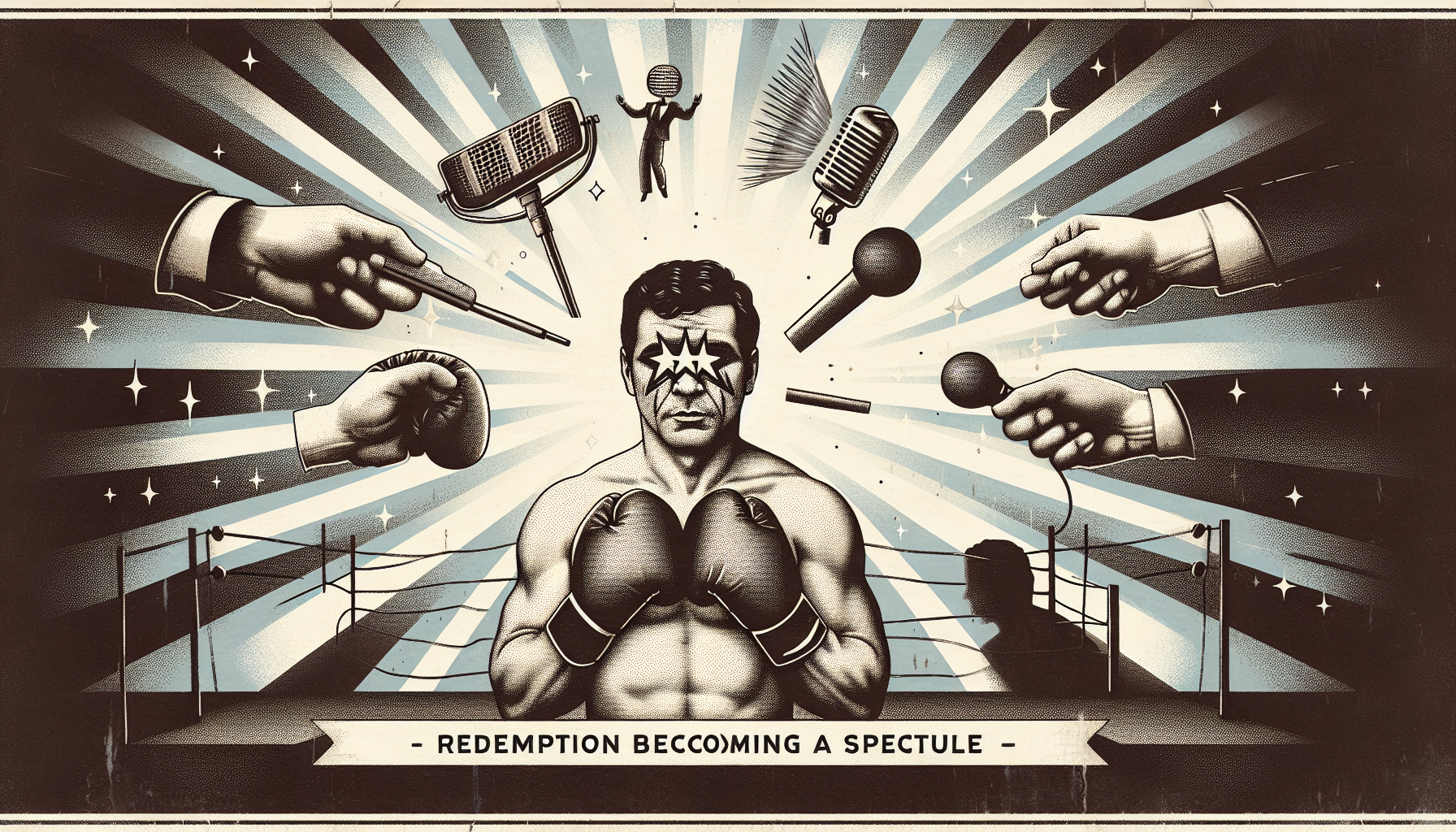Title: First to Blink: Behind the US-China Trade War and the High-Stakes Theatre of Economic Power
Dear readers,
We often read about global tensions as if they're playing out in some far-off boardroom—jargon-laden dispatches from presidents and economists, with press conferences and tariff timetables. But what if we stepped back and saw it for what it increasingly resembles: a high-stakes staring contest staged for political survival, market dominance, and public validation?
Welcome to 2025's reboot of the US-China trade war. Not a sequel, not a spin-off—but an evolution of economic brinkmanship where every press release is strategy, every tariff a poker hand, and the world watches with bated breath to see who blinks first.
▸ Act I: Trump’s Tariff Theatre – A One-Nation Show?
Earlier this month, Donald Trump, reinserted into the White House spotlight, announced sweeping “reciprocal tariffs” on multiple nations—but left the spotlight lingering on one familiar adversary: China. Tariffs on Chinese goods now total a jaw-dropping 145%, triggering retaliatory moves from Beijing of 125%.
Sound familiar? It should. It's a remix of 2018-2020 trade tensions, but the world has changed—supply chains are more fragile, inflation ghosts still haunt U.S. households, and consumer patience is shorter than ever.
Let’s remember: America imported roughly $438 billion of goods from China last year. That’s not just headline data. That’s your $799 laptop. Your go-to sneakers. Your kid’s birthday gifts. All suddenly caught up in nationalist pricing politics.
▸ Act II: Leverage 101 – Who Holds the Real Power?
“This is a battle of wills,” one MIT economics professor told ABC News. But more than that—it’s economics dressed in the armor of national identity.
The U.S. imports far more from China than it sells, which may sound like leverage. But it also speaks to dependency. Kill the stream of low-cost goods, and you strangle the average American budget. Need a recent example? Remember when iPhone prices jumped unexpectedly in early April? That wasn’t Tim Cook being greedy. That was tariffs talking.
China, on the other hand, plays the long game. It responded by slapping tariffs on U.S. agriculture—a brutal reminder of its muscle in the heartland, where crops like soybeans and wheat are more than exports; they're livelihoods.
Roughly 930,000 U.S. jobs depend on exports to China. Think about that next time someone says America can afford to “decouple.” Jobs are leverage. So is pain.
▸ Case Study: Rare Earths and Real Consequences
Want to see what asymmetrical power looks like? Consider the periodic table. Earlier this month, China enacted export controls on rare-earth elements—critical materials used in U.S. defense tech like F-35 fighter jets and Tomahawk missiles.
The U.S. has no quick domestic substitute. We’re flying blind in a strategic sector simply because we outsourced the raw materials. That isn’t just economic pain—that’s a national security vulnerability bolded in red.
The Center for Strategic and International Studies says it plainly: “The U.S. is not prepared to immediately offset a rare-earths blockade.”
That’s not just leverage. It’s checkmate potential.
▸ Public Pain, Political Theater
But here’s the catch: not all governments suffer equally.
China’s authoritarian system can endure more prolonged economic pain—they’ve done it before. Remember zero-COVID? Cities locked down, drones policing the skies — all in the name of centralized control. Was it economically insane? Arguably. Politically impactful? Hardly.
The U.S., meanwhile, breathes public opinion. Elections loom. Congress criticizes. Voters bristle as price tags rise. The same family who sees their grocery bill jump $60 a week isn’t thinking about geopolitical strategy—they’re thinking about survival.
And survival makes politicians sweat.
▸ Something's Got to Give – But Who Goes First?
To be clear, both nations lose in this standoff. Growth forecasts are already slipping. At JPMorgan, analysts expect China’s GDP to fall by 0.7% this year. That’s millions of citizens watching their prospects shrink. And while 4% annual growth may sound healthy, for a country used to double digits, it’s anemic.
In the U.S., inflation is the boogeyman that just won't stay buried. New tariffs threaten price hikes everywhere from Target aisles to gas stations. In an election year, that’s political poison.
So what’s the path out? Some economists ask: Is there a productive off-ramp that saves face for both countries?
It may not be far-fetched. Just last week, subtle signs of negotiation bubbled beneath the rhetoric. A Trump advisor even hinted at a “good chance” of a US-UK trade deal—perhaps a signal to China that America has options. Or perhaps just another scene in this drama of leverage and legacy.
▸ Final Thoughts
What we’re witnessing here is not just an economic spat—it’s reflective of a larger philosophical split. America hedges its power in systems, markets, institutions. China hedges its in state control, patience, and supply chains.
And yet, neither side can afford to keep escalating without reckoning with domestic fallout.
So, dear reader, as the smell of tariffs wafts into consumer goods and election slogans, ask yourself not just what’s made in China—but what forcing the question may cost us all.
Because sometimes, in global politics, the first to blink loses.
But other times, they just come to their senses.
Yours discerningly,
Watcher of Markets, Manufacturers & Metrics

